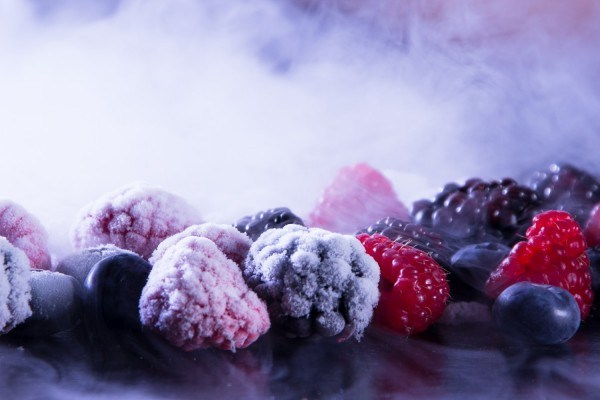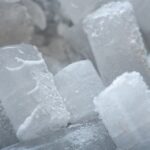With the proliferation of liquid nitrogen ice cream, those experiencing it for the first time may associate it with dry ice. Indeed, when pouring the liquid nitrogen, the smoke certainly makes it look like dry ice, but there are significant differences between the two.
So, what is dry ice is? In a nutshell, it’s a solid form of carbon dioxide caused by cold temperatures and pressure. Liquid nitrogen, on the other hand, is a type of nitrogen gas that has been cooled and pressurized to the point that it turns into a liquid. Similar to carbon dioxide, it remains a gas at a standard pressure and temperature. However, as opposed to dry ice, the gas will become a liquid upon cold temperature and high pressure exposure.
If you’re thinking about making ice cream using either dry ice or liquid nitrogen, dry ice has some advantages in transport since it can be stored in a properly insulated cooler with vents for the gas to escape. Liquid nitrogen requires a more specialized type of cooler known as a dewar. Both options, however, are reasonably inexpensive and they both can be obtained easily from a supplier.
In regards to the preparation of ice cream, dry ice will typically require pounding the ice into small pieces or turning it into a powder before it can be used as the base for ice cream. Liquid nitrogen takes most of the brunt work out and can be poured into the ice cream during the mixing process.
Please contact CO2 Supplier Florida VS Carbonics if you’re interested in dry ice or liquid nitrogen, gas blends, carbonation systems or supplies.






